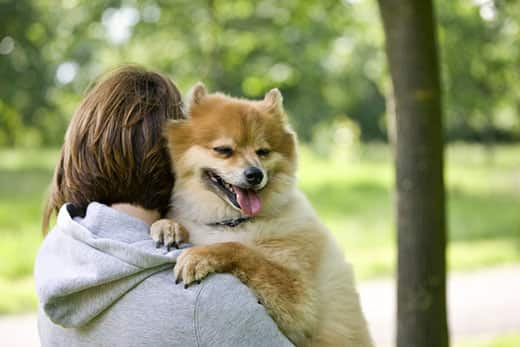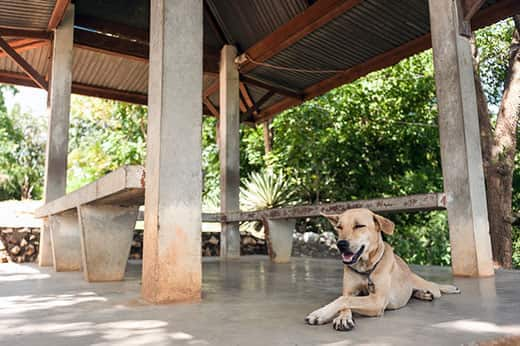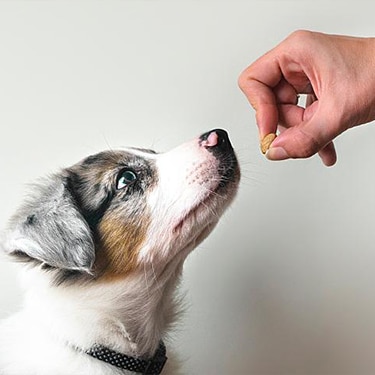
-
Find the right food for your petTake this quiz to see which food may be the best for your furry friend.Find the right food for your petTake this quiz to see which food may be the best for your furry friend.Featured products
 Puppy Chicken & Rice Stew
Puppy Chicken & Rice StewChicken & Rice Stew with great taste and precisely balanced nutrition to support 5 essential building blocks for lifelong health
Shop Now Adult No Corn, Wheat, Soy Savory Stew with Chicken & Zucchini Dog FoodShop Now
Adult No Corn, Wheat, Soy Savory Stew with Chicken & Zucchini Dog FoodShop Now Adult Perfect Weight & Joint Support Hearty Vegetables and Tuna Stew Dog FoodShop NowFeatured products
Adult Perfect Weight & Joint Support Hearty Vegetables and Tuna Stew Dog FoodShop NowFeatured products Adult Urinary Hairball Control
Adult Urinary Hairball ControlSupports the health of the whole urinary system with optimal levels of magnesium
Shop Now Adult Chicken Recipe Cat Food
Adult Chicken Recipe Cat FoodSupports lean muscle and beautiful fur for adult cats
Shop Now Sensitive Stomach & Skin Chicken & Vegetable Entrée Cat Food
Sensitive Stomach & Skin Chicken & Vegetable Entrée Cat FoodHill's Science Diet Adult Sensitive Stomach & Skin Chicken & Vegetable Entrée canned cat food provides nutrition for optimal digestive & skin health.
Shop Now -
Dog
- Dog Tips & Articles
-
Health Category
- Weight
- Food & Environmental Sensitivities
- Urinary
- Digestive
- Joint
- Kidney
-
Life Stage
- Puppy Nutrition
- Adult Nutrition
- Senior Nutrition
Cat- Cat Tips & Articles
-
Health Category
- Weight
- Skin & Food Sensitivities
- Urinary
- Digestive
- Kidney
-
Life Stage
- Kitten Nutrition
- Adult Nutrition
Featured articles The Science Behind Our Love for Pets
The Science Behind Our Love for PetsLearn the scientific reasons why we have such strong connections with our pets, and what science says about the love between humans and our furry friends.
Read More What Is Littermate Syndrome? Pet Adoption Guide
What Is Littermate Syndrome? Pet Adoption GuideLearn more about littermate syndrome in dogs and cats and how to successfully navigate adoption and early socialization processes.
Read More How to Properly Mix Wet & Dry Pet Foods
How to Properly Mix Wet & Dry Pet FoodsAn Orange cat eating from a bowl filled with mixed food
Read More -


Have you ever wondered if dogs sweat? You might've heard that dogs cool off by panting, but does that mean they never sweat? Read on to get the facts about dog sweat and its role in keeping dogs cool.
Do Dogs Sweat Like Humans?

Dogs sweat, but they sweat a bit differently than humans.
Dogs have two types of sweat glands: merocrine glands, which are similar to human sweat glands, and apocrine glands. Merocrine glands are located in dogs' paw pads. Sweating through their paws helps dogs cool down. The apocrine glands, located throughout your dog's body, also make dog sweat — but this type of sweat doesn't cool your pup down. Instead, according to the American Kennel Club, the sweat from apocrine glands contains scent pheromones that help dogs identify each other.
How Else Do Dogs Stay Cool?
While sweating through their paws helps your dog cool down a little, the primary way they lower their body temperature is through panting.
Here's how it works: When a dog pants, the evaporating moisture on their tongue combined with the evaporation of the moist lining of their lungs cools them down, says Psychology Today. This is similar to the way evaporating sweat on the human body helps humans cool down.
There's one more way dogs are able to regulate their body temperatures, called vasodilation. During this process, a dog's blood vessels expand, bringing hot blood closer to the skin's surface and letting it cool down. This cooler blood then flows back to the heart, bringing the dog's overall temperature down.
Can Dogs Sweat Too Much?
People who are prone to excessive sweating, even when they're in a cool environment, have a condition called hyperhidrosis. It's unclear if dogs experience the same thing. However, dogs do sometimes sweat a lot through their paws when they're stressed, says PetHelpful. While no one's certain why this happens, it's believed that the excess moisture provides better traction on some surfaces, helping dogs run away from the source of their stress. This stress-induced sweating generally clears up once the stressful situation passes.
If you notice your dog's paw pads producing a lot of moisture, ask your veterinarian about possible causes and ways to help your sweaty pup stress less.


Tasty Tips
Recognizing an Overheated Dog

While dogs have mechanisms to cool themselves down, they aren't always the most effective, making them prone to overheating in hot weather. Heat exhaustion in dogs can quickly escalate to a life-threatening heat stroke if it isn't dealt with immediately.
The AKC says to watch out for the following signs of your dog overheating:
- Heavy or rapid panting
- Excessive drooling
- Lack of coordination
- Red gums
- Rapid or irregular heart rate
- Muscle tremors or seizure
- Feeling warm to the touch
- Loss of consciousness
If your dog shows any of the above signs, immediately move them into an air-conditioned space or to a shaded area and offer them water to drink. To prevent your dog from getting overheated in the first place, limit their physical activity in hot weather, keep them in the shade and provide them with plenty of water. It's also crucial to never leave your dog trapped in a hot environment, such as a parked car. Being a loving and responsible pet parent includes keeping your cool pooch from becoming a hot dog.


Jean Marie Bauhaus is a pet parent, pet blogger, and novelist from Tulsa, Oklahoma, where she usually writes under the supervision of a lapful of fur babies.
Related products

Supports lean muscle and beautiful coat for adult dogs

Chicken & Barley Entrée in a delicious loaf with great taste and precisely balanced nutrition to support 5 essential building blocks for lifelong health

Chicken & Beef Entrée in a delicious loaf with complete & balanced nutrition to help keep adult dogs active and healthy

Supports healthy joints, lean muscle, and beautiful coat for large breed dogs
Related articles

Discover how the field of dog science is giving us more and more insights into the inner workings of our furry best friends.

Learn how to help keep your dog's immune system in tip-top shape, including nutritional immune system support for dogs and other strategies.

Wondering where can I buy a dog? Consider adoption and explore the pros and cons of adopting a dog from a breeder versus an animal shelter.

Can puppies have treats? Explore best practices for giving your puppy treats to ensure you're doing so in the healthiest way possible.

Put your dog on a diet without them knowing
Our low calorie formula helps you control your dog's weight. It's packed with high-quality protein for building lean muscles, and made with purposeful ingredients for a flavorful, nutritious meal. Clinically proven antioxidants, Vitamin C+E, help promote a healthy immune system.
Put your dog on a diet without them knowing
Our low calorie formula helps you control your dog's weight. It's packed with high-quality protein for building lean muscles, and made with purposeful ingredients for a flavorful, nutritious meal. Clinically proven antioxidants, Vitamin C+E, help promote a healthy immune system.

